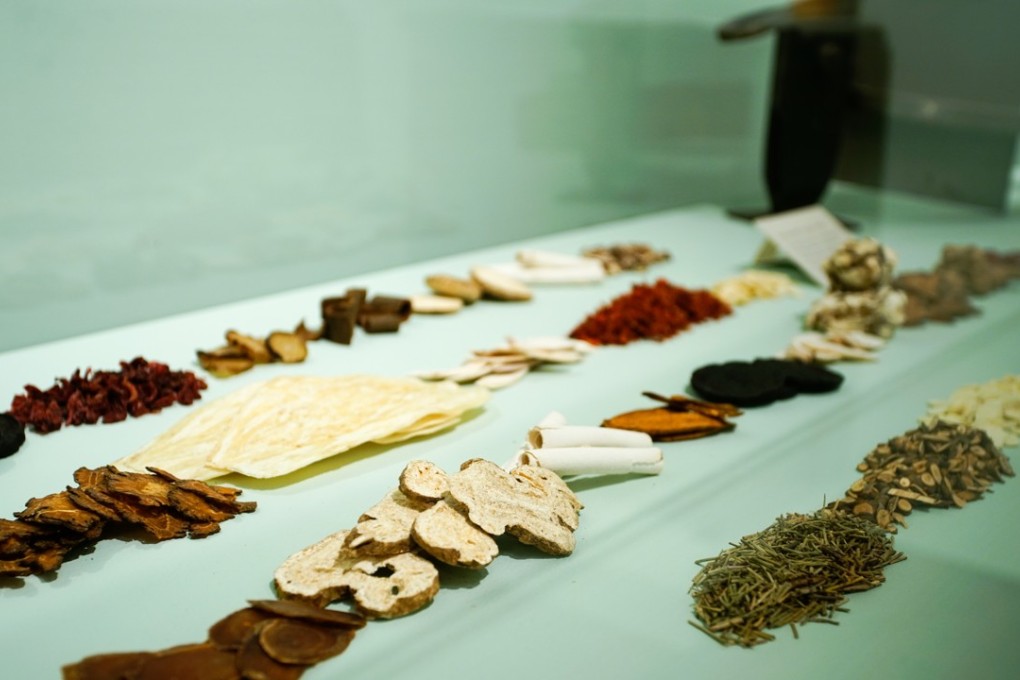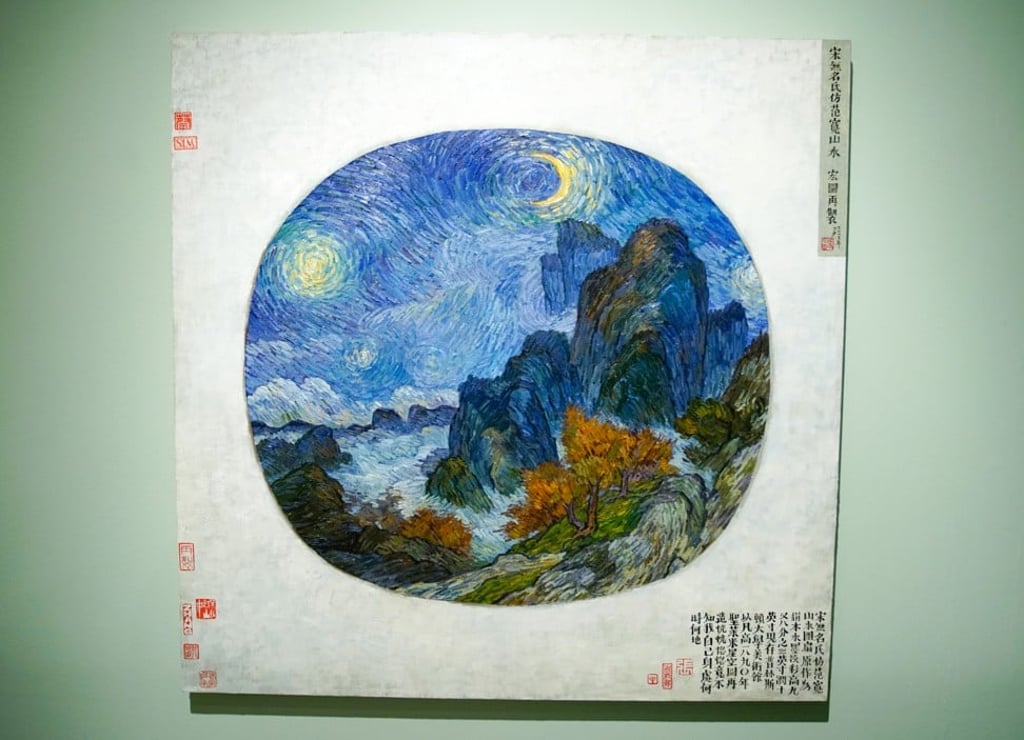TCM and the Black Panthers: Chinese medicine and its American history goes under the spotlight in New York exhibition
Brought to the US in the 19th century during the gold rush, traditional Chinese medicine has long been used as a complementary treatment. Even the Black Panthers adopted it, an exhibition at the Museum of Chinese in America recalls

Apart from acupuncture, traditional Chinese medicine (TCM) is not well known in the US, and its use is generally limited to the country’s Chinese communities. But as “Chinese Medicine in America: Converging Ideas, People and Practices”, a new exhibition at New York’s Museum of Chinese in America (MoCA) shows, it has a history in the country that dates back to the 18th century.
TCM came to the New World with Chinese immigrants who started arriving in the Americas during the 19th century, and it was used as a frontier medicine during the gold rush years of the 1850s. But American traders had been growing ginseng – one of the many ingredients used in TCM – and exporting it to China a century or so earlier.

Today, varieties of ginseng can be found in many Korean-run delicatessens in the US, although its properties are not widely known outside of Asian communities.
“Ginseng has a fascinating history here in the US,” says Herb Tam, MoCA’s curator and director of exhibitions, noting that many people think the root is Korean, and “we are pointing out that it’s actually Chinese, and its properties fit into a Chinese world view.”
Hong Kong acupuncture team bringing pain relief to 10,000 sufferers in Southeast Asia’s remote communities
Pointing to a map which shows some of the historical entry points of TCM into the US, Tam notes that ginseng is still grown in the Appalachians for export. “There’s still an economy around it, farming it and digging it up,” he says. “Ginseng grown in America seems to have a certain cachet in China. There has recently been packaging that says ‘Made in the USA’ very clearly,” he explains.
